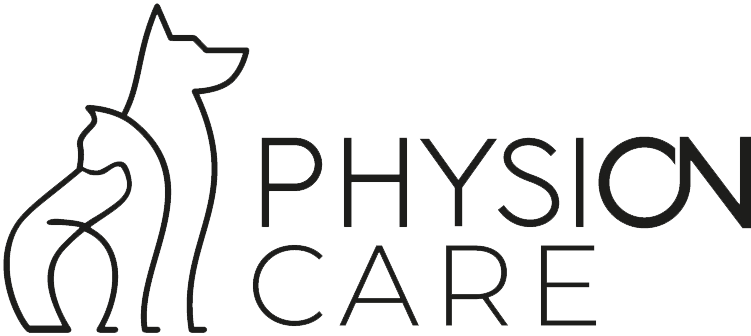Physiotherapy for Dogs After TPLO Surgery: How to Ensure a Successful Recovery from Cruciate Ligament Injury
- PhysiON Care

- Jul 23
- 2 min read
A cruciate ligament rupture is one of the most common orthopedic conditions in dogs—especially in medium to large breeds. The TPLO technique (Tibial Plateau Leveling Osteotomy) is now considered one of the most advanced surgical methods to treat this injury. But surgery alone isn’t enough: a tailored physiotherapy plan is essential for long-term recovery and restoring quality of life.

What Happens During a Cruciate Ligament Tear?
A torn anterior cruciate ligament causes instability in the knee joint, pain, and lameness. Common symptoms include:
Sudden limping
Difficulty standing up
Reduced enthusiasm for movement
Diagnosis is typically made using the drawer test and imaging techniques such as X-rays or MRI.
TPLO – A Modern Surgical Solution

TPLO surgery alters the angle of the tibial plateau to stabilize the knee even without an intact cruciate ligament. Benefits include:
Faster weight-bearing after surgery
Lower risk of long-term issues like arthritis
High success rate in active dogs
However, the procedure requires careful aftercare and rehabilitation.
Preoperative Physiotherapy: The Underrated Key to a Successful TPLO Surgery
Physiotherapy is often only considered after surgery—but a structured preoperative treatment plan can be crucial to minimizing postoperative complications and significantly improving the recovery phase.
Why Is Preoperative Physiotherapy So Important?
Improving muscle tone and joint mobility: A well-prepared musculoskeletal system responds more effectively to surgical intervention.
Pain reduction and stress relief: Targeted manual techniques and relaxation strategies help calm the animal, making them more resilient.
Enhanced circulation and tissue regeneration: Therapies like laser or Indiba stimulate cell activity even before surgery begins.
Shortened rehabilitation time: Dogs who receive preoperative therapy often show faster progress during postoperative recovery
What Happens After TPLO Surgery?
Rehabilitation typically starts as early as the day after surgery. Beginning physiotherapy early helps stimulate healing and lowers the risk of complications.
Key Measures:
Cryotherapy: Cooling to reduce pain and swelling in the acute phase
Electrostimulation & Laser Therapy: Supports tissue repair
Indiba Radiofrequency Therapy: Deep heat to enhance cell regeneration, circulation, and pain relief
Chiropractic Adjustments: Corrects spinal misalignments and improves biomechanical function
Manual Therapy: Mobilizes joints and relaxes muscles
Active Exercises: Strengthen muscles and coordination
Gait Training & Balance Work: Improves posture and movement stability
Everyday Tips for Pet Owners
As a dog owner, you play a key role in your dog’s recovery. With targeted care and consistency, you can actively support the rehabilitation process and enhance your pet’s long-term well-being.
Controlled leash walks with a harness
Avoid stairs, jumping, and intense play
Nutrition and weight management
Regular check-ups with your veterinarian and physiotherapist
Physiotherapy Makes the Difference
Combining modern surgery with targeted physiotherapy is the key to successful recovery after a cruciate ligament injury. Collaboration between surgeons and physiotherapists should begin before the operation to ensure the best possible outcome for each patient.
Every dog is unique—so the rehabilitation plan should always be individually tailored.
If your dog is preparing for TPLO surgery or is currently in recovery, support them with professional physiotherapy—for greater mobility and a joyful life. Book an appointment with us today and help your four-legged friend get back on their paws.




Comments